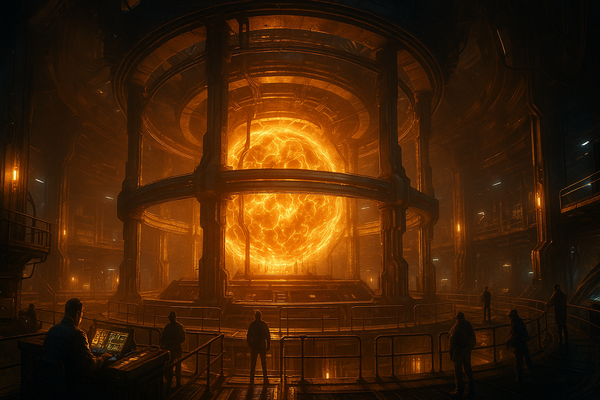Galaxy Map
“The stars remember what civilizations forget.”

The modern Galaxy Map still reflects the ancient partition of the Milky Expanse into four great sectors.
These sectors were once aligned with the dominant species of the pre-Technocracy era—Humans, Clones, Androids, and Cyborgs—but millennia of wars, migrations, hybridization, and political collapse have eroded those origins into little more than echoes.
Today, only the names—distorted by time, dialects, and interstellar drift—remain.
The Ancient Quadrants
Long before the rise of the Wardrome Technocracy, the galaxy was divided into four political and biological dominions:
- Alpha Quadrant — Humans
- Beta Quadrant — Clones
- Gamma Quadrant — Androids
- Delta Quadrant — Cyborgs
Each species shaped its region with its own philosophy, technology, and approach to expansion.
But large-scale interbreeding, cybernetic assimilation, and the collapse of old borders eventually erased clear differences between most humanoid lineages. In the present era, “pure” members of the original species are rare enough to be considered historical curiosities—except for Androids, who are still actively manufactured for use aboard Technocracy vessels.
The Modern Sectors
Over thousands of years the old names devolved into cultural fragments, taking on new forms and meanings.
The contemporary galaxy now recognizes four evolved sectors, each carrying the ghost of its original title:
Aulfreach
Formerly: Alpha Quadrant
Once the heartland of humanity, Aulfreach is now a region of dense trade lanes and ancient megacities. The name is believed to be a corruption of “Alpha Reach,” though few citizens recall its origin.
Betarch
Formerly: Beta Quadrant
Originally the domain of the Clone Regencies, famed for their genetic foundries and vat-cities. Its modern political blocs still preserve a certain bureaucratic efficiency reminiscent of its engineered past.
Gammor
Formerly: Gamma Quadrant
Historic cradle of Android civilization and the great robotics manufactories. Today it remains strongly industrial, its orbital rings and megaforges visible from light-years away.
Deltaryn
Formerly: Delta Quadrant
The ancient Cyborg enclaves were scattered across this region—many now lost, abandoned, or fused into derelict machine-reefs. Deltaryn’s name hints at “Delta Ring,” a reference to the forgotten halo-worlds once thriving here.
The Kron: The Ever-Present Outsider Species
While humanoid species intermingled and blurred into a unified galactic population, one ancient species endured unchanged: the Kron.
The Kron are not carbon-based bipeds but space-native organisms—a civilization that grows, pilots, and lives inside bone-like living starships.
Their vessels are not built but born in massive hive-structures: astronomical “nests” woven from calcified tendrils, semi-organic membranes, and psionic resonators.
Nature of the Kron
- Aspace-borne species with no homeworld—only drifting hives.
- Communicate through pheromone-encoded pulses and low-frequency psionic hum.
- Their ships demonstrate partial autonomy, reacting to threats like predatory animals.
- Rarely hostile unless provoked or encroached upon.
- Their true age is unknown—some believe predating even the first Human expansions.
Though not aligned with any quadrant, Kron hives can appear anywhere in the galaxy.
They respect no borders, treaties, or political claims. In the Wardrome era, encountering Kron space is considered both a scientific wonder and a strategic hazard.
The Center
The central region of the galaxy—where players begin—is a gravitational crossroads where all four sectors converge.
It is a turbulent mixture of cultures, debris fields, derelict stations, and ancient warp-rifts left behind by forgotten empires.
The swirling core is both a birthplace of legends and a graveyard of civilizations.
For those who wish to dive deeper into the vastness of the galactic sectors, the official soundtrack for the Galaxy Map—“Wardrome: Through the Star Map” <—can be heard here.




